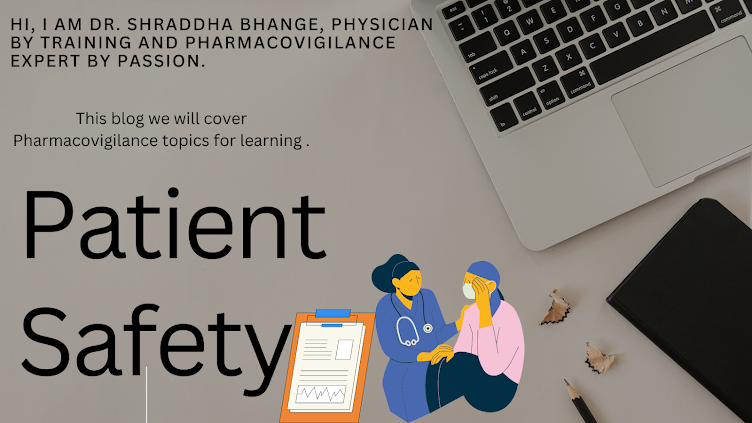The most complicated and tedious document as per me in my PV career is RMP (Risk Management Plan).
Who requests and why?
An RMP is requested for any medicinal product undergoing a authorisation application by various health agencies e.g. EMA, Japan etc.It is also an requirement to maintain one for medicinal product for its lifecycle.
What is RMP and how it helps?
An RMP serves as a planning document for assessing how the risks identified for a medicinal product would be managed.The RMP serves as document that can discuss about conducting PASS, additional pharmacovigilance activities required for certain risks that need monitoring. An MAH (Marketing Authorisation Holder) should start with dRMP (Developmental Risk Management Plan) once the clinical trials are initiated. Aggregate reports such a DSUR serves as bridge/link for dRMP . The aggregate analysis done during each review period for DSUR will parallely help in identifying risks during the development of product.
The dRMP then can be drafted to become RMP. RMP also serve as guidance for drafting SMPC/USPI/PI sections pertaining to safety.
Frequency or timelines of RMP?
RMP is a live document that has no DLP or no specific timelines for update once finalised/submitted. It should be updated on need basis, meaning whenever there is update with respect to any risks or risk minimisation measures identified while writing a aggregate reports, signal detection analysis, ICSR, Literature monitoring etc.
Template:
I have copied the RMP template below from EMA website (reference links below). Most of the health authorities do not have any standard template for RMP. Many MAH follow EU-RMP or REMS (FDA) template and is accepted.
Part I Product(s) overview
Part II Safety specification
Module SI Epidemiology of the indication(s) and target population(s) Module SII Non-clinical part of the safety specification
Module SIII Clinical trial exposure
Module SIV Populations not studied in clinical trials
Module SV Post-authorisation experience
Module SVI Additional EU requirements for the safety specification
Module SVII Identified and potential risks
Module SVIII Summary of the safety concerns
Part III Pharmacovigilance plan (including post-authorisation safety studies)
Part IV Plans for post-authorisation efficacy studies
Part V Risk minimisation measures (including evaluation of the effectiveness of risk minimisation activities)
Part VI Summary of the risk management plan
Part VII Annexes
The product specification would particularly be aligned with the product details which we can furnish form IB/CCDS/USPI . The part that is particularly tricky is where we need to mention identified ,potential risks and missing information (all definitions in GVP module V). Also it depends on which stage product is in, for a product that is yet to be approved, potential risks and missing information would be more. All other modules are self explanatory, the important one I can highlight is module SVII identified and potential risks which should explain each risk individually, the clinical details of it, diagnosis, treatment available, its severity and effect on population and how MAH will put forth the measures to minimize or prevent it.

